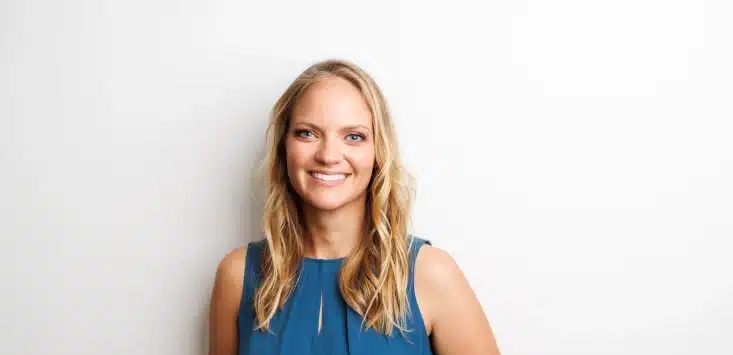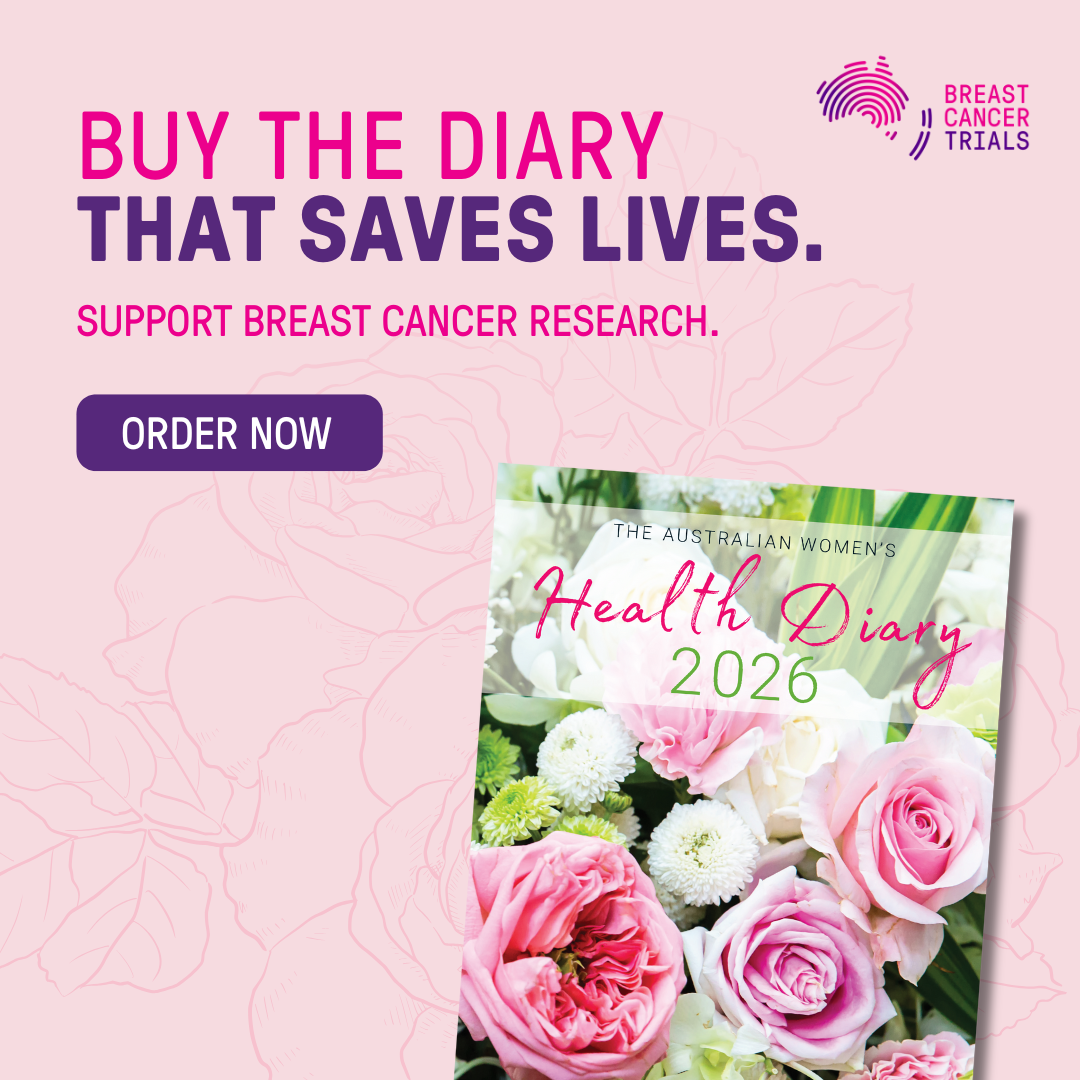Jill Berry is co-founder and CEO of Adatree. She has a background in developing regulated banking products and has worked at Volt Bank, Tyro Payments, and AMP Bank, and Macquarie in the years prior. She launched Adatree, a poles-and-wires regtech business serving as the on-ramp for organisations wanting to innovate in the open data economy, in 2019 with co-founder Shane Doolan.
In August, Berry joins SmartCompany as a guest judge at the Pitch. Here, she fills us in on trends in the regtech and open data space, as well as some tips for new startups looking to take off. Hint: it has a lot to do with profitability and revenue.
What’s your advice for new startups?
Jill Berry: For new startups, I feel like gone are the days when you could just say ‘Cool, we can do a seed round at $10 million, and then maybe our next round will be at $50 million’, just based on what you think the rounds should be in your head.
Now it’s very quickly going to be: ‘Alright, what’s your business plan? What are your customer acquisition plan and costs? And when are you going to be profitable?’
Gone are the days of just basically drinking from the VC tap. We never went that route ourselves. But I think that looking at the profitability and viability of a company will be more important than ever. Of course, there are tonnes of great problems to solve and beautiful products to be made, but companies now don’t have multiple years to get to profitability.
That will be a really big shift.
We started AdaTree four years ago this month, obviously I look significantly older, because, you know, startup ageing is different than normal ageing! People were asking about the business case, but it was more about the opportunity.
And now, I think that you would have to tick so many boxes. The road to profitability, with a strong financial model, would be very very key to it.
Do you think the changes are led by VCs refining their search, or down to macroeconomic trends?
All of the above.
Of course, for investors, when they ask ‘Right, how can it be profitable within 12 months, how can it be profitable within 24 months, will you have to raise again, what’s your best case scenario, what’s your worst case scenario?’ That is investors really looking at a path to liquidity, and just risk. Pure risk.
That’s going to be driven by the investors, but also just looking at the macroeconomic conditions, really.
The MVP program, we got that years ago, that one just got hit, that was paused by the government. Because you look at how can you make more money, or, of course, how can you spend less money, and government grants are a fantastic way of doing it, whether it’s a federal one or a state one. We absolutely loved the MVP grant, and with governments pausing those really critical programs, it just gets harder and harder to get ideas off the ground.
Of course, when we were starting up we were looking at lots of different funding rounds, and we were told really, really early on: Revenue is the best form of capital. That’s truer than ever right now.
What’s exciting you in open data right now?
A few things are exciting in the open data space right now. One is actually energy usage. Considering I come from a banking background, I used to think “Energy data? Why would you just want energy data? It’s all about financial services data!”.
But there are actually some fantastic use cases that are coming out for energy data, and a lot of them look at energy efficiency and what you use for electricity. It doesn’t really matter about averages, it matters about peaks and troughs, and how can you use that data for an accurate, pretty much real-time estimate of what you would need, and what would it cost you, to go solar.
A lot of it [until now] has been ‘Oh, you might pay it back between two and four years.’ Well, that’s not very helpful.
But if you actually look at your granular data usage you can say, well, this is going to be paid back within 3.7 years instead of that huge, huge range. And then once you actually make that decision, then you can be immediately connected to, say, solar suppliers and solar installers as well.
One customer right now: before, their product really only worked if you literally went on your roof and put a sensor on your roof. That sounds ridiculous, I’m never going to do that. That would just be a hard ‘no’. But now that you can actually do this through consented data sharing, and have that done in 20 seconds, and not go outside, that’s a pretty cool win.
And, what’s interesting now, is that we’re seeing much more partnerships, say with other software companies. And it might be other software providers who are just in more of a wholesale relationship, instead of ‘well you can sell to all my customers’, or ‘I know that you need what we’re doing and so why don’t we just offer it as a feature to all of our customers?’. So it’s almost easier for everybody. There are a lot of wholesaling opportunities. It obviously takes a big mindset shift for any company to say ‘alright, let’s partner with someone on this’, instead of a lot of companies who just say ‘Oh, we can build this ourselves’. Sure, anyone can build anything, but it’s about opportunity, cost, and time.
This article was first published by Smart Company. Read the original article here.


